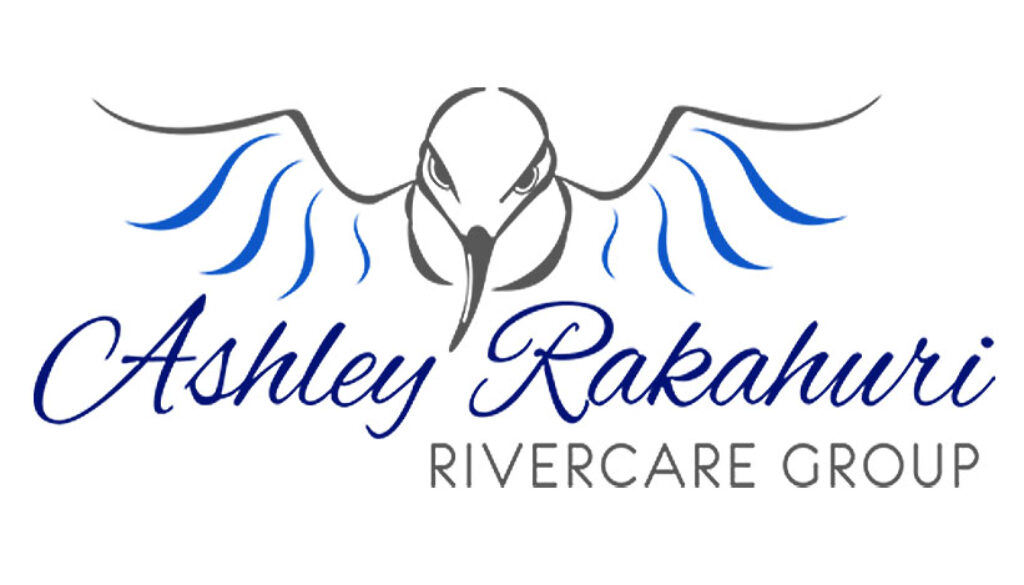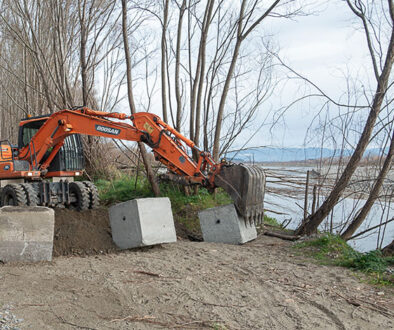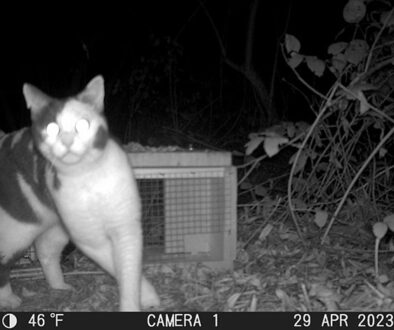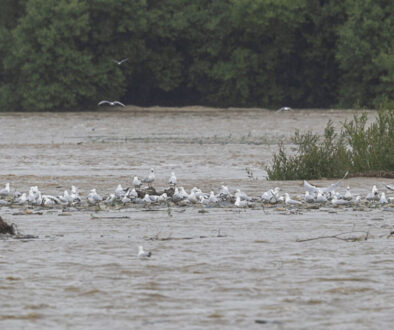Gravel mining/extraction
Submission to Environment Canterbury Catchment Subcommittee
Re: Gravel mining/extraction
The Ashley-Rakahuri Rivercare Group has for some time been raising concerns about gravel mining in the riverbed.
Any changes to this bed jeopardise the environment the braided river birds need for their survival and multiplication. The protection of this environment is the prime aim of the Group.
Despite our 20-year working history on the river, during which we have had considerable assistance from Environment Canterbury, we have rarely been consulted relative to gravel mining. The points we have made to ECan do not progress significantly to fix the system and address the damage being done to the river.
In our opinion, if large gravel takes continue, the Ashley-Rakahuri River will be reduced from its natural braided state to a single-channel riverbed where bird populations decline as has happened to the Opihi further south.
Since 2010, according to an ECan document, there has been a marked increase in gravel removal from the Ashley-Rakahuri to feed infrastructure because of the earthquakes, subdivisions, roading and farming. ECan also notes that the bed level continues to lower.
The Ashley-Rakahuri is a small, fragile river and we believe it cannot withstand such a “rush for gravel.”
We believe the river’s chance for survival as a braided river will be improved by an overhaul of the gravel consent process. Hence, we are pleased to note ECan has started a review and we wish to be part of consultations in all aspects of gravel mining.
ECan describes its mission to: “Work with partners and other agencies to protect the health of our environment to ensure a sustainable and prosperous future for all of us.” A failure to do so will lead to a loss of birds on the river.
The river nesting birds face many threats, including predation, human disturbance, habitat loss and the vagaries of weather and flooding. They do not need the added threat of habitat destruction by gravel mining.
This will not be news to many committee members as our Operations Manager Grant Davey** has explained the problems and solutions to councillors and staff on a number of occasions via submissions, direct discussions and presentations. However, we are concerned about the poor response, leading to few positive outcomes for the river. Hence, we attach our submission to restate issues of concern around gravel mining.
We are available at any time and look forward to further consultation, and to assist to protect the health of the environment.
Sincerely
Sue Mardon
Chairperson
Ashley-Rakahuri Rivercare Group
** Grant Davey is a geologist and holds a Post Graduate Diploma in Environmental Science that included papers in hydrogeology, hydrology and environmental impact assessment. He worked for about 4 years with ECan as a hydrogeologist and briefly as a groundwater consent investigating officer. He has 28 years’ experience in the mining industry in exploration, mining operations, environmental practices and safety.
To: Environment Canterbury Catchment Subcommittee
From: Ashley-Rakahuri Rivercare Group
March 2022
Subject: Gravel mining/extraction
Key concern: Retaining the river in its natural state still has lower priority status than the considerations of commercial mining interests.
Applications for gravel mining have not kept up with recent and more informed management ideas and practices. There is a vacuum of expert environmental and mining knowledge being required and applied to the policy, rules, applications, consents and river operations. As a result, the care and protection of the natural river environment is only vaguely mentioned in consents, operations are being inadequately monitored, and adverse environmental outcomes have been overlooked.
While the picture of a loader and truck removing gravel from the riverbed may look benign, gravel mining is acknowledged internationally as a major threat to the existence of braided rivers, along with damming, and constrictions. Consequently, it has been banned in a number of countries.
The main Issues:
1.Gravel removal is not conducted in a sustainable way – how much gravel is there in the river?
To date we have not seen sufficient evidence to justify the extraction of half a million cubic metres of gravel – the sum of applications now before ECan.
The Ashley-Rakahuri is not regularly topped up with large quantities of gravel.
Some is added irregularly by flooding and natural eroding of banks, but this has been reduced significantly by tree planting on the berms.
Crucially, for the health of the river, accurate data on the amount of gravel must be kept for gravel to be removed at a sustainable rate.
Before the May flood of 2021 ECan halted gravel takes, yet these have restarted even while opinions differ on whether there is enough gravel available.
An ECan report states: “The Ashley has a relatively low estimated annual supply of gravel … from the foothills. Volumes extracted are not replenished at the same rate.”
We submit that gravel mining should not proceed until more accurate information is available relative to gravel reserves currently existing in the riverbed
2. The application and consent process
To prevent destruction of the river environment a significant application and consent process around site characteristics and cumulative impacts is required.
All gravel mining consent applications must include an operational manager with the required (and current) Quarry Manager’s qualification.
At present, applications are filled out by consultants who know how to tick the boxes. There is no demonstrated knowledge of appropriate braided river management and history, or of consultation with important stakeholders such as the Ashley-Rakahuri Rivercare Group.
Detailed specifications of each mining site should be required in applications, along with operational intentions for each.
Operational criteria for the protection of the natural river environment should be written in all consents.
We submit that any gravel mining application must involve on-site management with a current Quarry Manager’s qualification, and that indigenous river habitat be safeguarded by best practice intentions which are clearly stated in all applications.
3. What happens during gravel mining?
Removal of gravel often leads to:
- creation of fast-flowing single channels, often with steep banks which prevent young birds from accessing water/shingle interfaces
- shallow braids, essential for bird feeding, are lost
- island height is reduced, making bird nests more vulnerable to any rise in water levels
- flow around islands is cut off allowing access for predators.
- easy vehicle access is created, opening up opportunities for human disturbance
Our studies show there are five to six times the number of birds nesting in braided areas compared with other ‘single channel’ parts of the river.
We submit that consents contain a description of the braided state in which mined areas should be left once mining is completed.
4. Supervision / monitoring
When a consent is granted, there are few restrictions. Companies tend to mine in whatever way likely to prove most cost-effective for them. Environmental consequences are not adequately prioritised and catered for.
As mentioned, this can be remedied by a more in-depth application and consent process, accompanied by regular supervision, monitoring and, if necessary, policing to ensure adherence to consent criteria.
It would be prudent to appoint an on-river gravel ranger, with a background in the environmental sciences/mining to advise and monitor.
We submit that proper compliance procedures be included in all consents, and that these be appropriately implemented.
5. Safety
Large gravel trucks with trailers on public land can be a danger to walkers, cyclists and trappers, particularly along access roads into the river. Points where stopbanks are crossed are notable high hazard sites. More signage and efforts to alert the public to truck movements is essential.
Truck routes to gravel sites should be chosen so that the negative impacts of dust / noise are avoided / minimised, particularly close to housing and recreation areas.
We submit that safety aspects are given greater attention in consent applications.
5. Integrity
Any company applying should have a clean record with ECan.
We submit that the operational history of gravel mining applicants be taken into account in any consent approval procedure.
6. Stakeholder consultation creating ‘win-win’ associations
Some gravel companies have worked with us to rehabilitate their mine sites. We are grateful for their consultation and cooperation. The end result has been the maintenance of good habitats for bird feeding and breeding. However, this has not been the case with other gravel miners. As outlined above, the desired environmental outcomes from all gravel mining operations will only be assured by well-informed environmentally aware management plans.
We submit that all gravel mining consents on the Ashley-Rakahuri River require consultation with key river stakeholders such as ARRG.
Summary
For the survival of the Ashley-Rakahuri River in its natural form, there is an urgent need for ECan to prioritise environmentally based decision-making when considering gravel mining within the river. In order for this to occur, professionals trained in the environmental sciences and best practice mining should be at the helm and oversee the whole process.
We submit that there is need for a complete overhaul of the gravel mining consenting and operational procedure within the Ashley-Rakahuri River.




